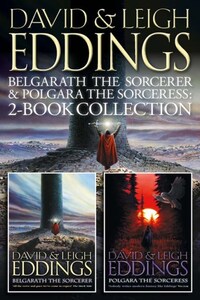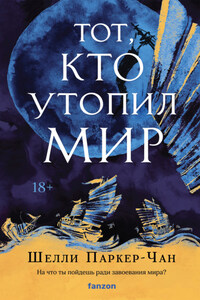The Land of Dhrall, if we are to believe the sometimes fanciful legends of the region, has existed in its present location since the beginning of time. Father Earth is unstable, and other continents move hither and yon across the face of Mother Sea, wandering, ever wandering, in search of new places in which to abide. But the Land of Dhrall, we are told, was firmly anchored to its present location by the will of the gods of Dhrall, and it shall remain ever so until the end of the world.
Now, from whence this world came – and why – is far beyond human comprehension. But the legends of Dhrall maintain that it is the work of ancient gods, and the making of it was a task so enormous that the gods, immortal and omnipotent though they be, oft-times wearied of their labor.
Now there were younger gods abroad in the land at this time, and great was their pity for their exhausted elders,and they urged their kin to rest while they themselves took up the burden of creation. And grateful beyond measure were the old ones, for they had labored well-nigh unto death. And so they slept while creation continued uninterrupted in the hands of the younger gods.
So it was that the elder gods slept for twenty-five eons and then they awoke, refreshed and ready to resume their eternal task; and when they awoke, their younger counterparts were well ready to relinquish the task and go to their rest.
And mountains rose up from out of the earth and were worn down by weather and time. And Mother Sea brought forth life in many forms, and some of the creatures of Mother Sea came up upon the dry face of Father Earth in search of a dwelling place. And time and place altered them there upon the face of Father Earth, and many were those alterations. Forms not seen before emerged, and older forms died out as the creatures blindly groped for fulfillment.
Now the gods of the Land of Dhrall chose not to interfere in the growth and development of the creatures of their Domains, for they wisely concluded that the creatures should follow their own course in response to the world around them. For truly, the world is in a constant state of flux, and a creature suitable for one era may well not survive in another, and the gods had come to realize that change must be a response to the world rather than some divine preconception.
And constant time continued her stately march toward an end that none could know, and the cycles of labor and rest among the gods continued even as Mother Sea and Father Earth watched, but said nothing.
Now the gods of the land of Dhrall have divided the land, and each, younger or elder, holds dominion over a certain portion of the land. There remains, however, a vast Wasteland in the center that is not part of any of the four Domains, be they East or West, North or South, for the Wasteland of Dhrall is barren and without beauty. There is life there, however, but the life-forms of the Wasteland are unlike those of the rest of the Land of Dhrall. The legends of Dhrall maintain that the life-forms of the Wasteland are the creations of That-Called-the-Vlagh.
The legends of Dhrall are uncertain as to the origins of the Vlagh. Some maintain that it is no more than a nightmare which one of the early gods experienced during that first long sleep. Other legends contend that the Vlagh is vastly older than the gods whose forms resemble those of humans, and that it was the lord of stinging insects and venomous reptiles which have long since vanished from the faces of Mother Sea and Father Earth. All legends of Dhrall agree on one point, however. That-Called-the-Vlagh was too impatient to give the creatures which served it sufficient time to follow the slow, natural process of development and alteration favored by the true gods of Dhrall, but rather it chose to manipulate their development so that they might better serve it.
And it came to the Vlagh that its servants might be of greater value if they were not all the same, for a creature designed for one task and one only would be far more efficient than a more generalized creature.
To achieve that end, the Vlagh periodically enveloped itself in a woven cocoon in its dark nest in the center of the Wasteland, and when it emerged from its cocoon, it was a creature of an entirely different aspect than it had been before. Then it tested the capabilities of its new form to determine its ability to perform its specific task, noting its strengths and weaknesses. And then once again it enclosed itself in the cocoon, and when it emerged once more, the weaknesses were no longer there and the strengths had been enhanced.
Thus by experimentation, That-Called-the-Vlagh altered and modified its own form to develop a highly specific creature. And once it was satisfied, it reproduced that creature by the thousands so that it would have servants enough to achieve its ultimate goal.












